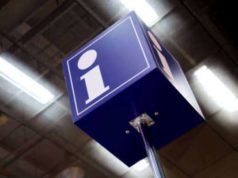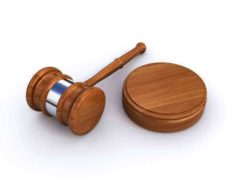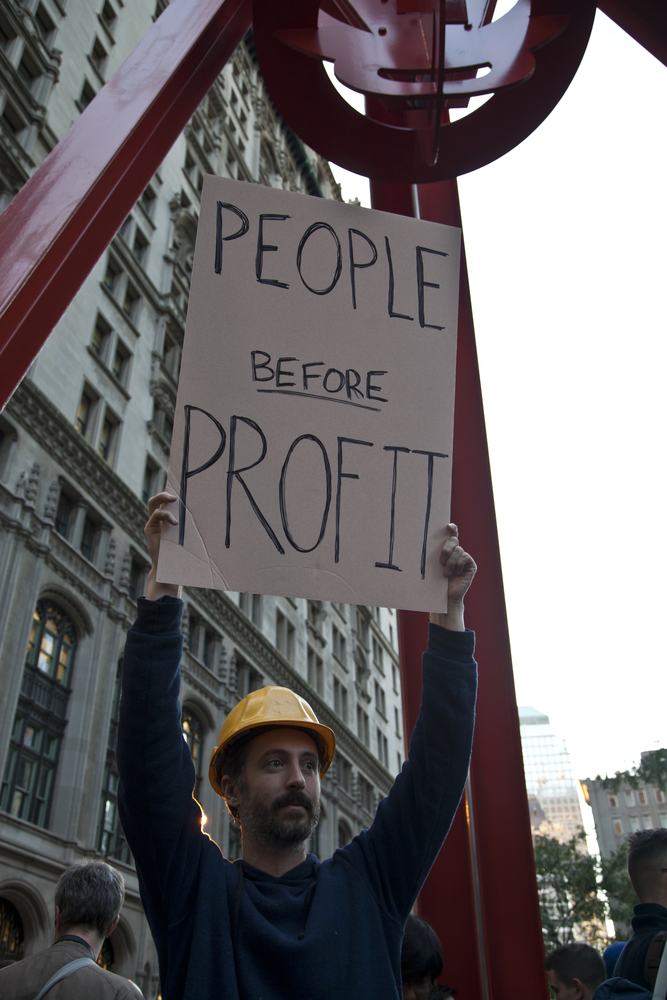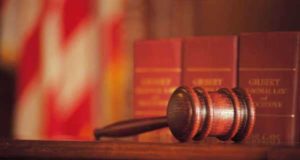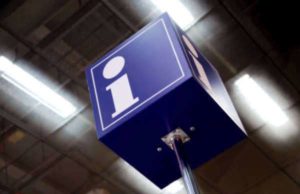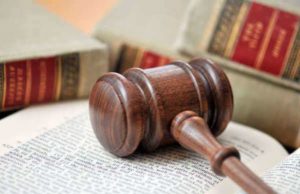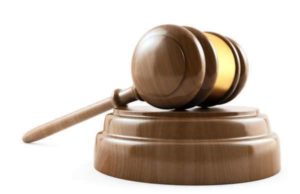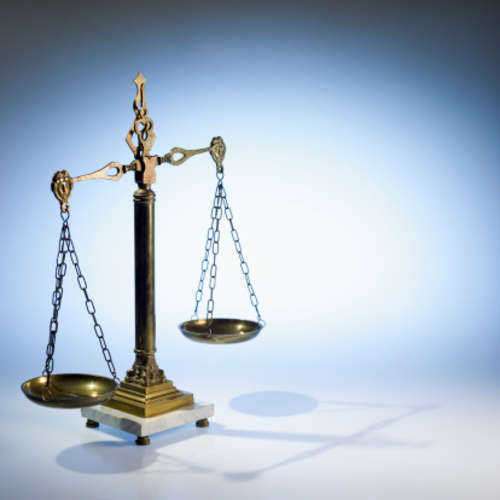
The Anti Cybersquatting Consumer Protection Act
In order to aid in the reliable determination that bad faith is present, the Anti Cybersquatting Consumer Protection Act sets out permissible areas for inquiry. Tools for determining that bad faith is present in the motivation behind the acquisition of a domain name may include the finding that the defendant has attempted to move the domain name to the ownership of the plaintiff or any other party in return for financial compensation, without the defendant having previously tried to make effective use of the domain name on its own merits.
Another is the determination that the defendant acted in such a way to express the intention to divert Internet users trying to visit the website of the plaintiff to a website registered under an identical or comparably close domain name and in that way to damage the goodwill held toward the plaintiff by consumers. A notable instance was the complaint by the children’s entertainment company Disney that pornographic websites had been created under domain names closely resembling Disney’s.
The method through which the domain name was originally registered to the current owner may also be examined to determine if cybersquatting has occurred, as in cases in which the domain name owner provided false contact information or failed to accurately update initially provided contact information.
The creation of multiple websites under domain names which are excessively imitative of others may also be pointed to by the plaintiff as an aggravating factor against the defendant. In the consideration of whether any or all of these negative factors could be found in operation in the owner of the domain name, the Anti Cybersquatting Consumer Protection Act allowed for the background and record of the defendant to be used as aggravating factors, defined as “prior conduct indicating a pattern of such content.”
The Anti Cybersquatting Consumer Protection Act also provides for allowable reasons for acquiring domain names similar or identical to others’ trademarks. The fact that the defendant’s name in some way incorporates the domain name, for instance, can override the right asserted by the plaintiff.
Other factors which can dispel a charge of cybersquatting include the finding that the similarity to the previously trademarked name falls under fair use protections, the noncommercial nature of the site covered by the domain name, the defendant’s own intellectual property rights in regard to the domain name, and the defendant’s previous use of the name for legitimate business purposes. Concerns have been raised by critics of the Anti Cybersquatting Consumer Protection Act that the infrastructure it creates can allow for organizations and individuals with ready access to the funds necessary for mounting a cybersquatting case to intimidate less financially formidable individuals or groups into giving up domain names without proper cause existing or being established under law.
Practices in which the Anti Cybersquatting Consumer Protection Act is effectively used to accomplish the act of infringement on intellectual property it is intended to avoid are called reverse domain hijacking. The act thus provides for the payments of damages and attorney’s fees in cases of wrongful site shutdowns.
Under the Anti Cybersquatting Consumer Protection Act, actual damages may be incurred as are found appropriate in terms of the value of the plaintiff’s trademark, or according to statutory limits, defined as falling between $1000 and $10,000. Payment of attorney’s fees may also be incurred under the Anti Cybersquatting law’s provisions.

